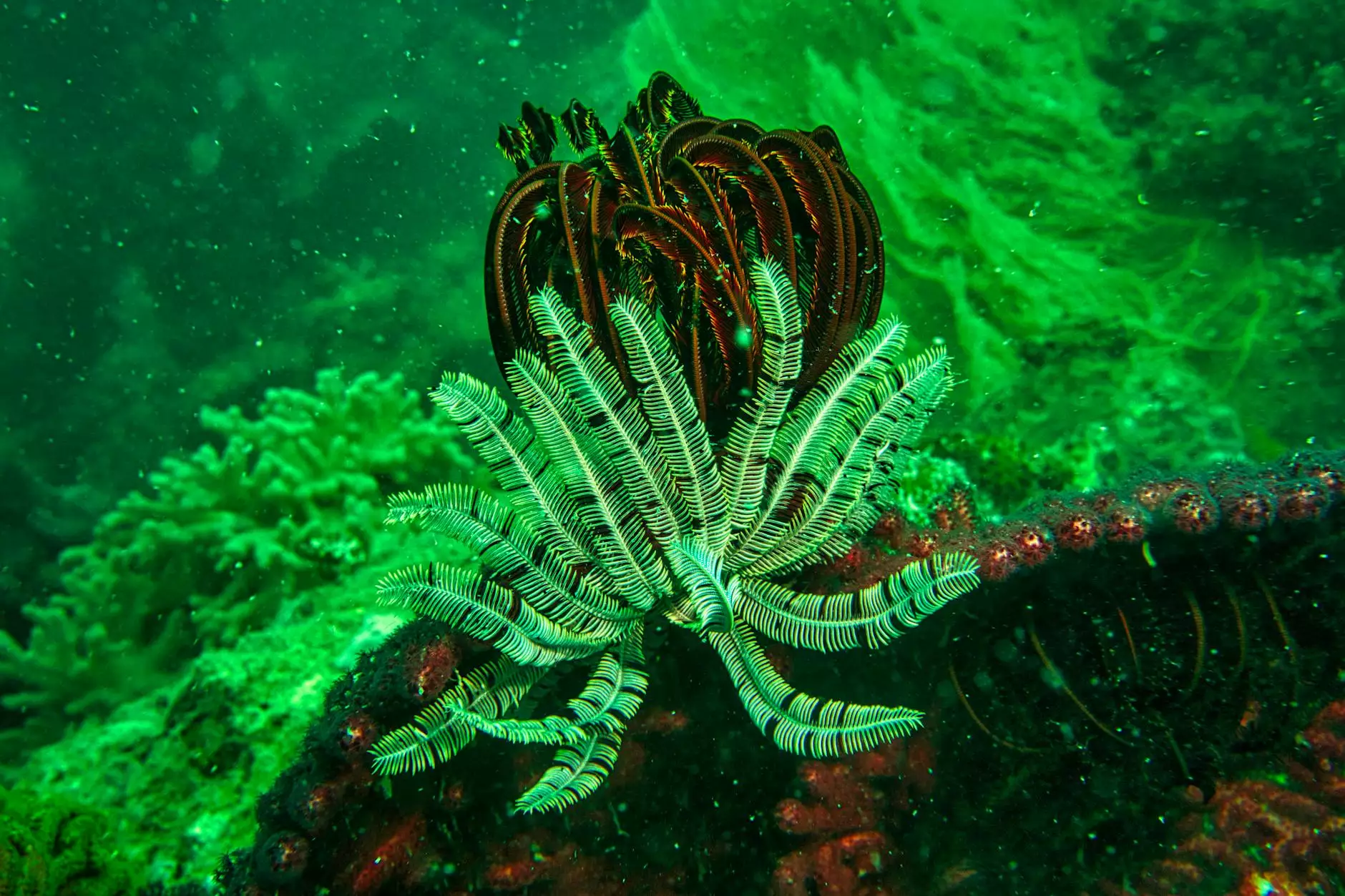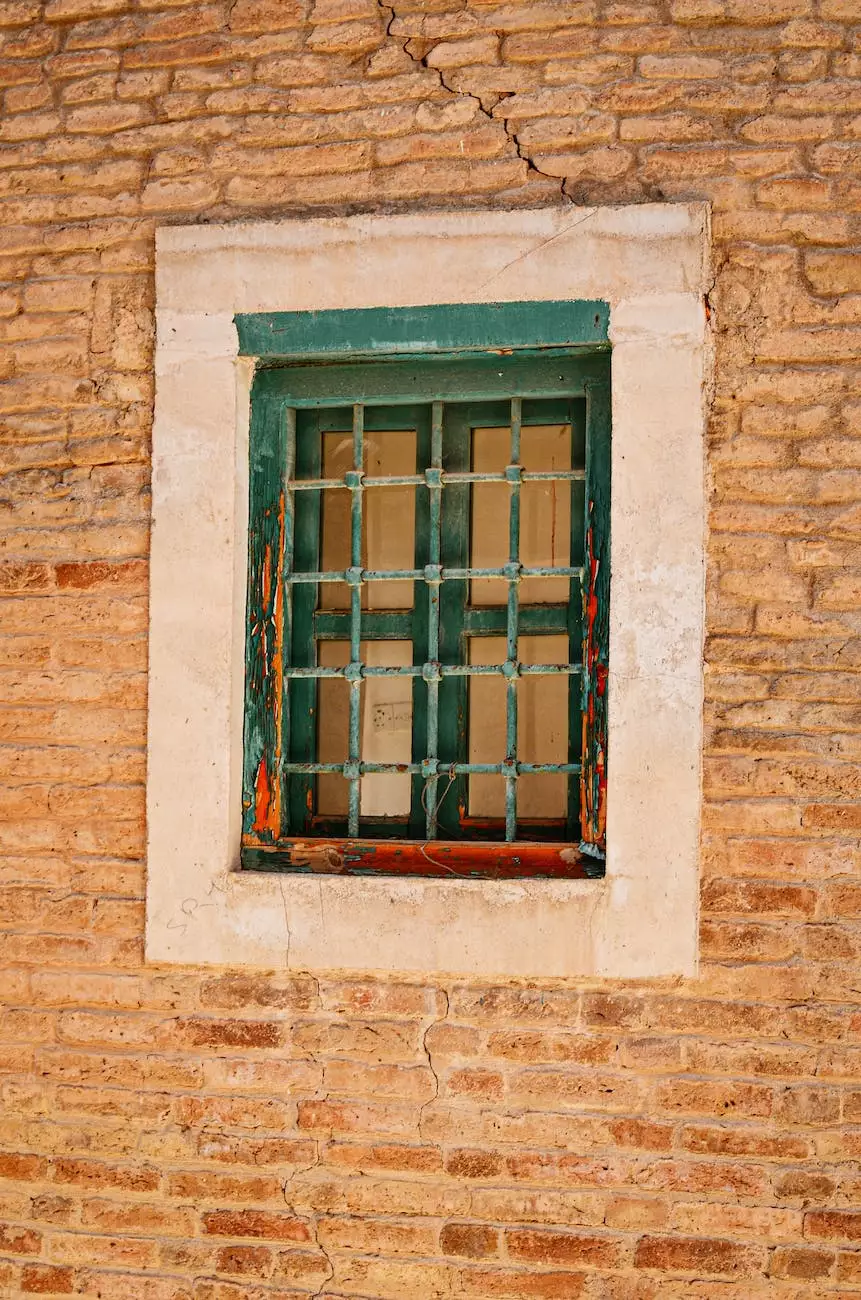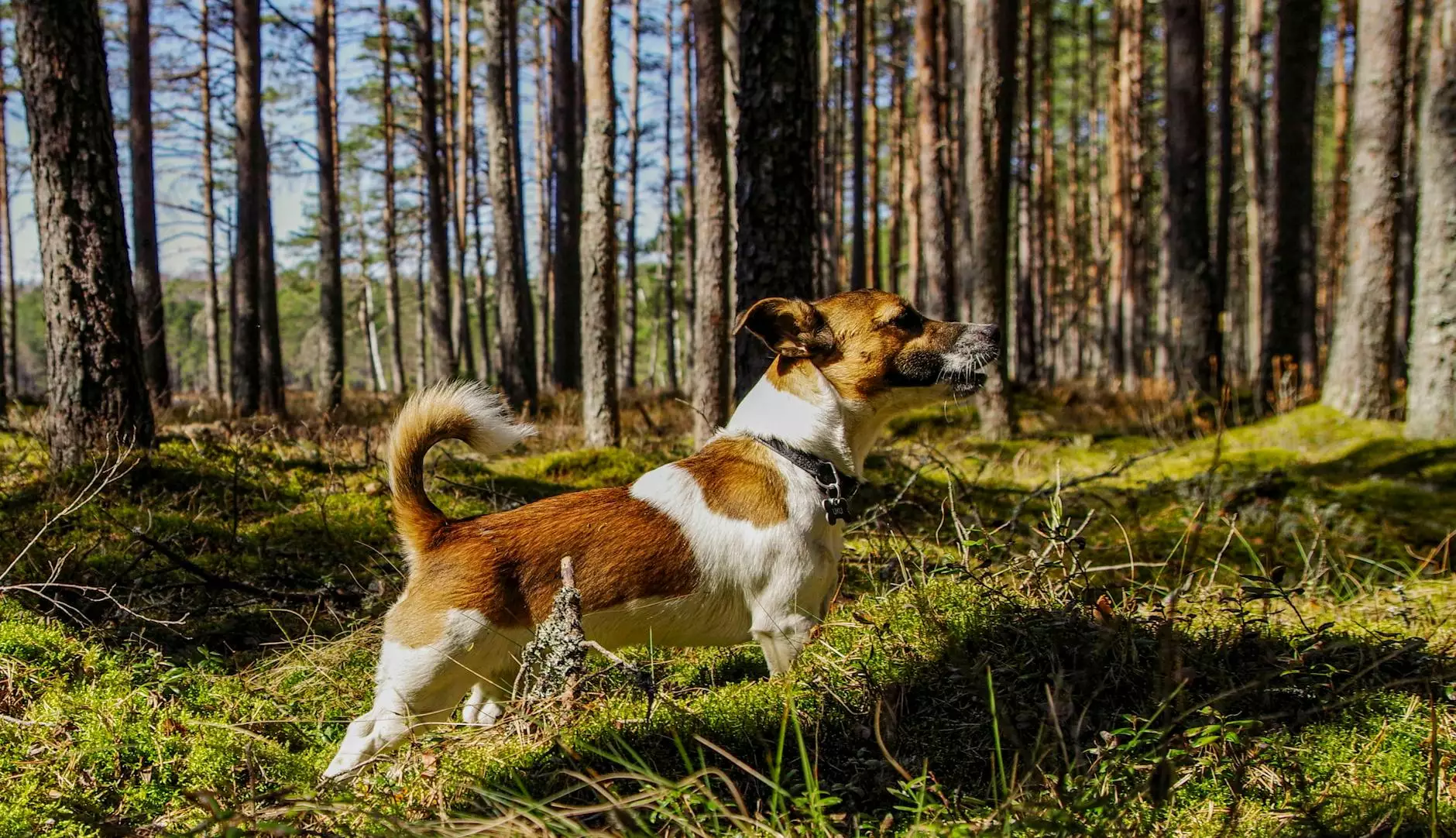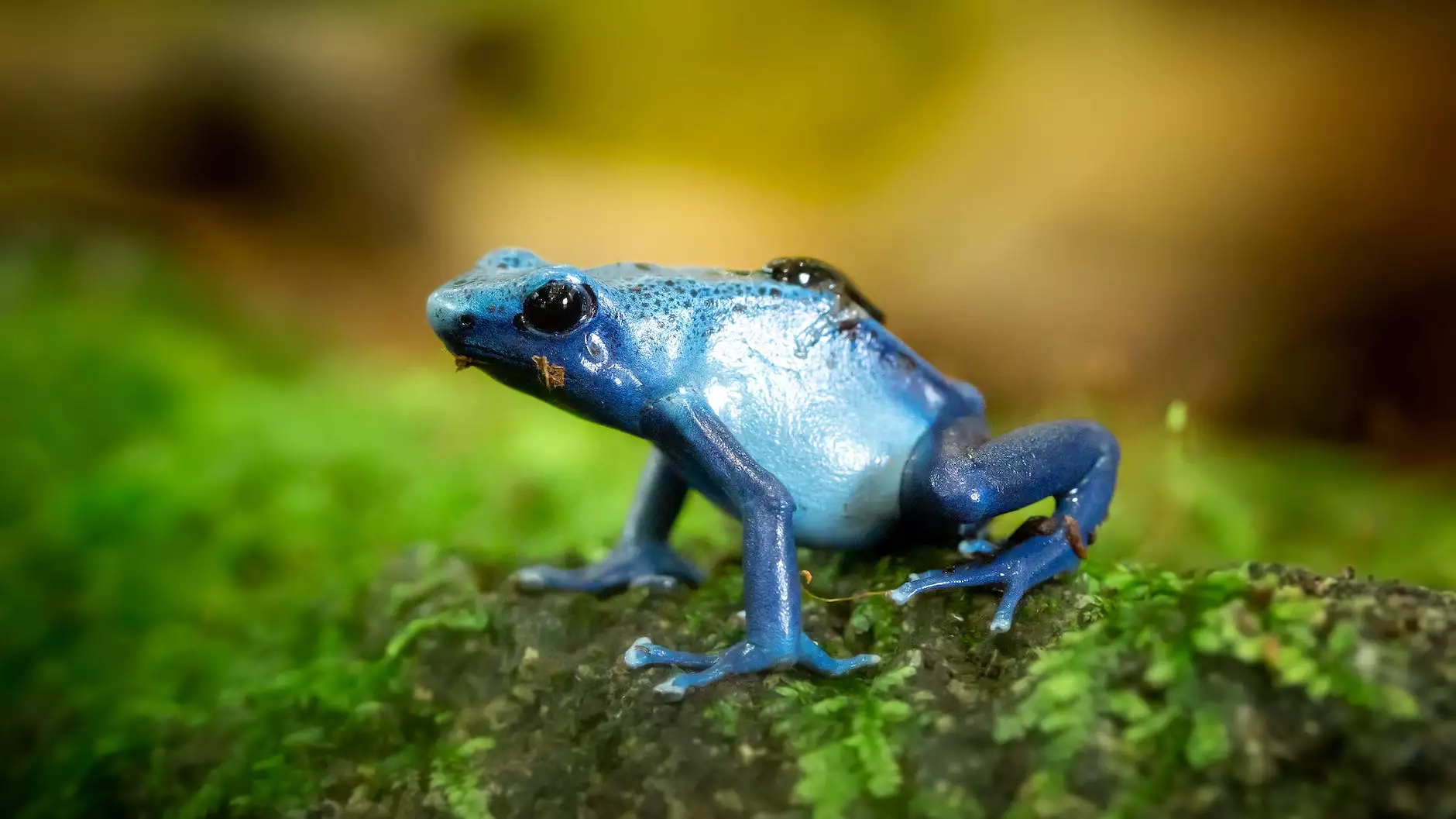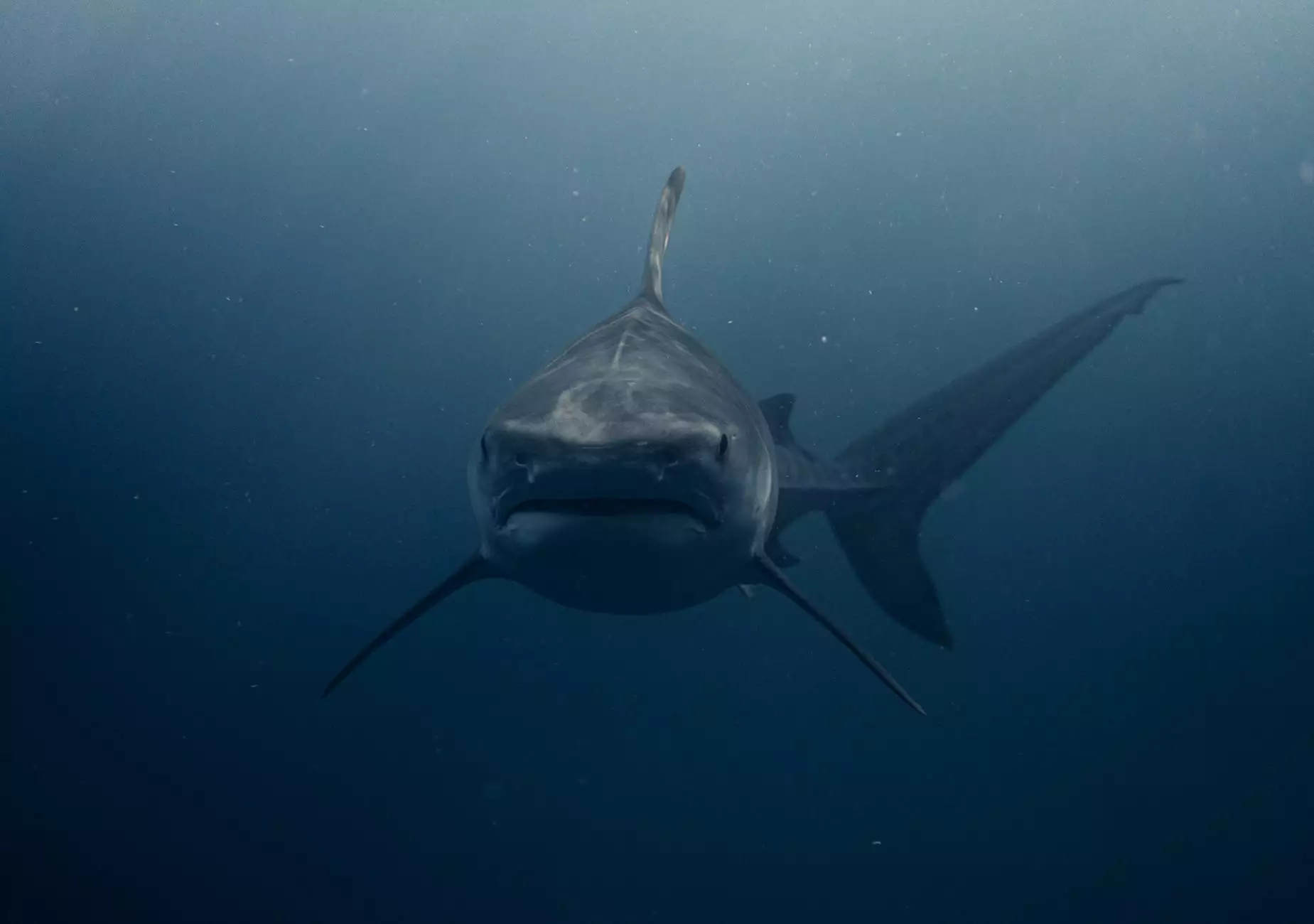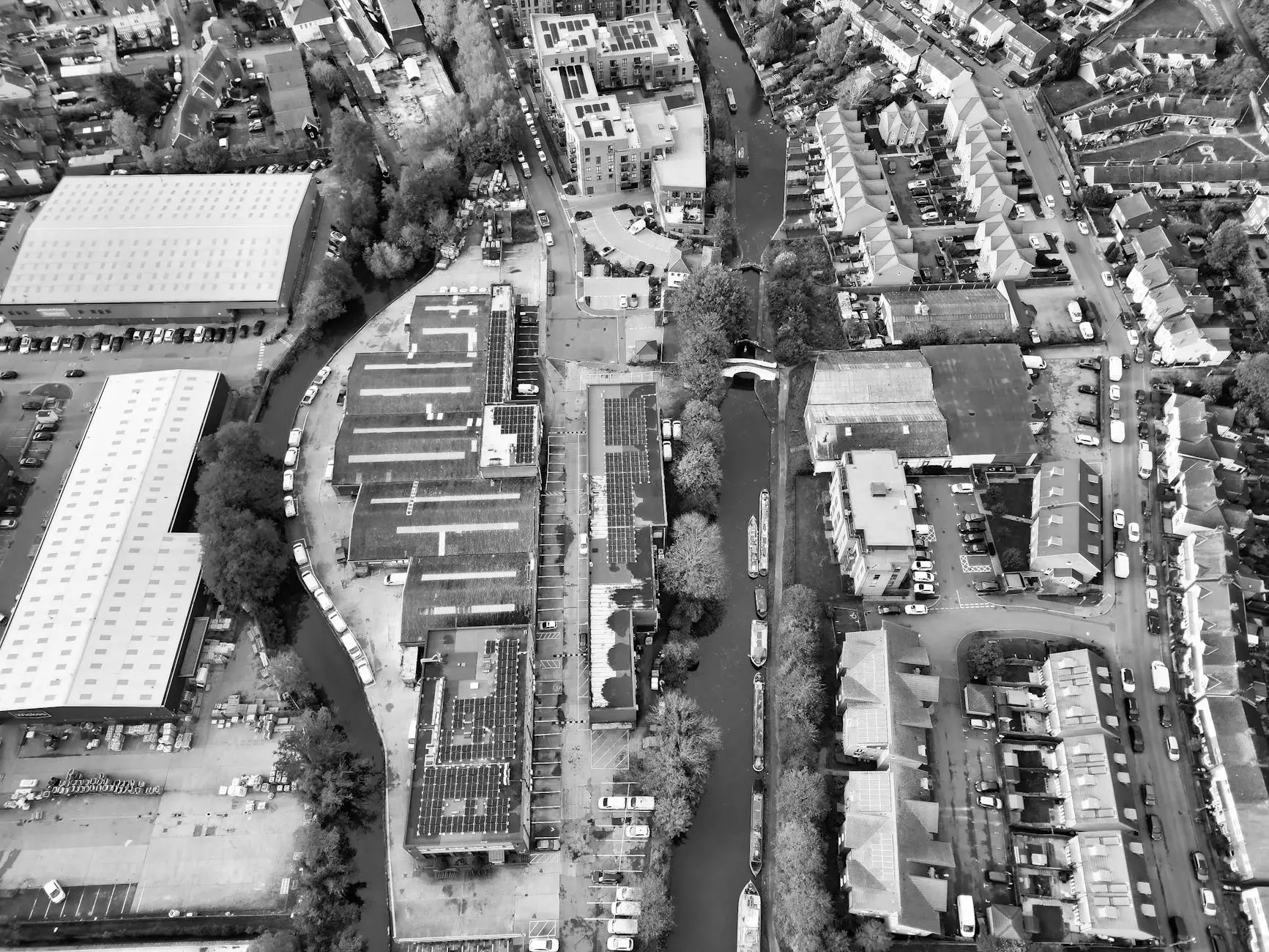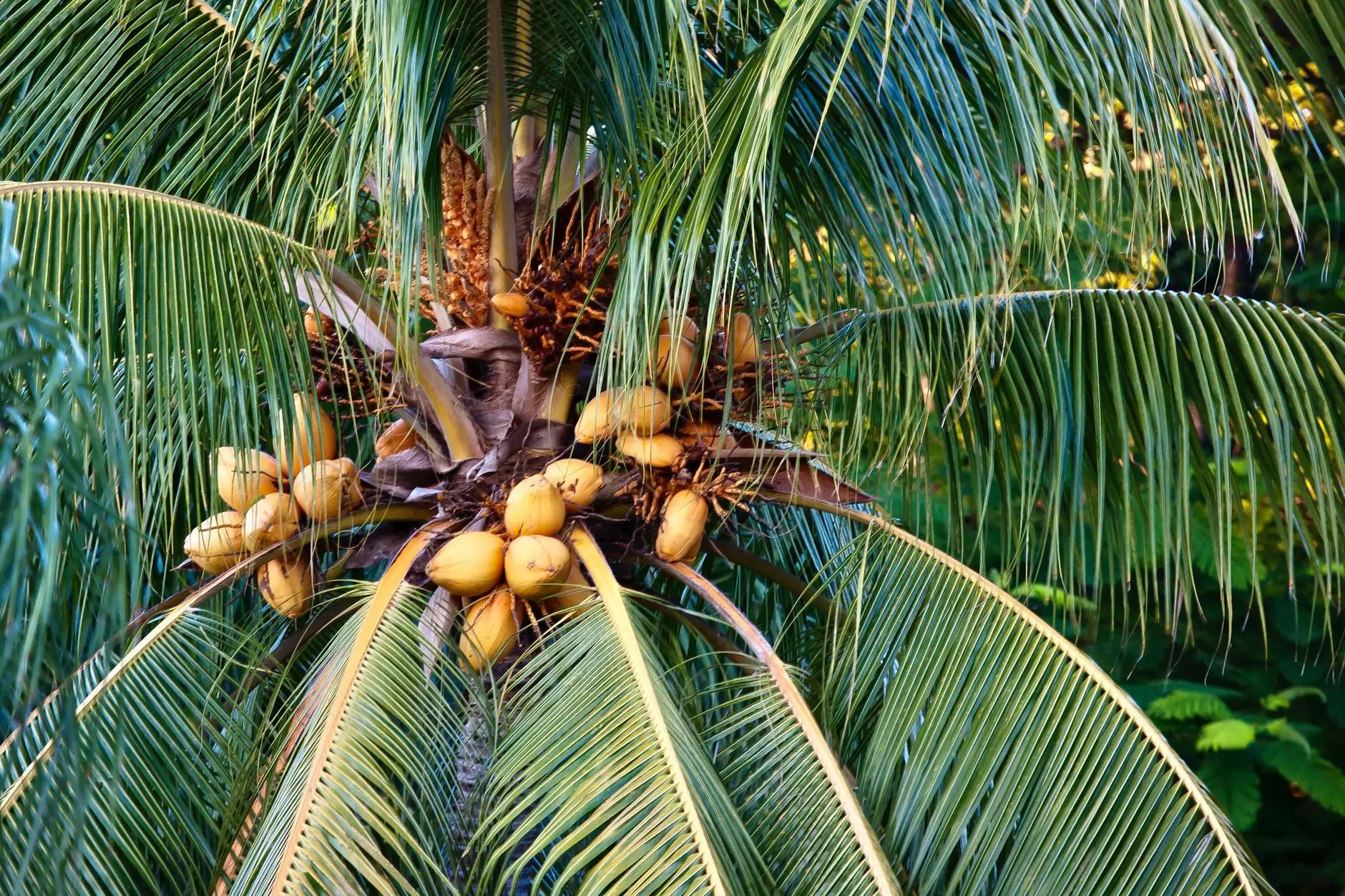Laurel Wilt Disease Hits the Everglades - Wild Florida Blog
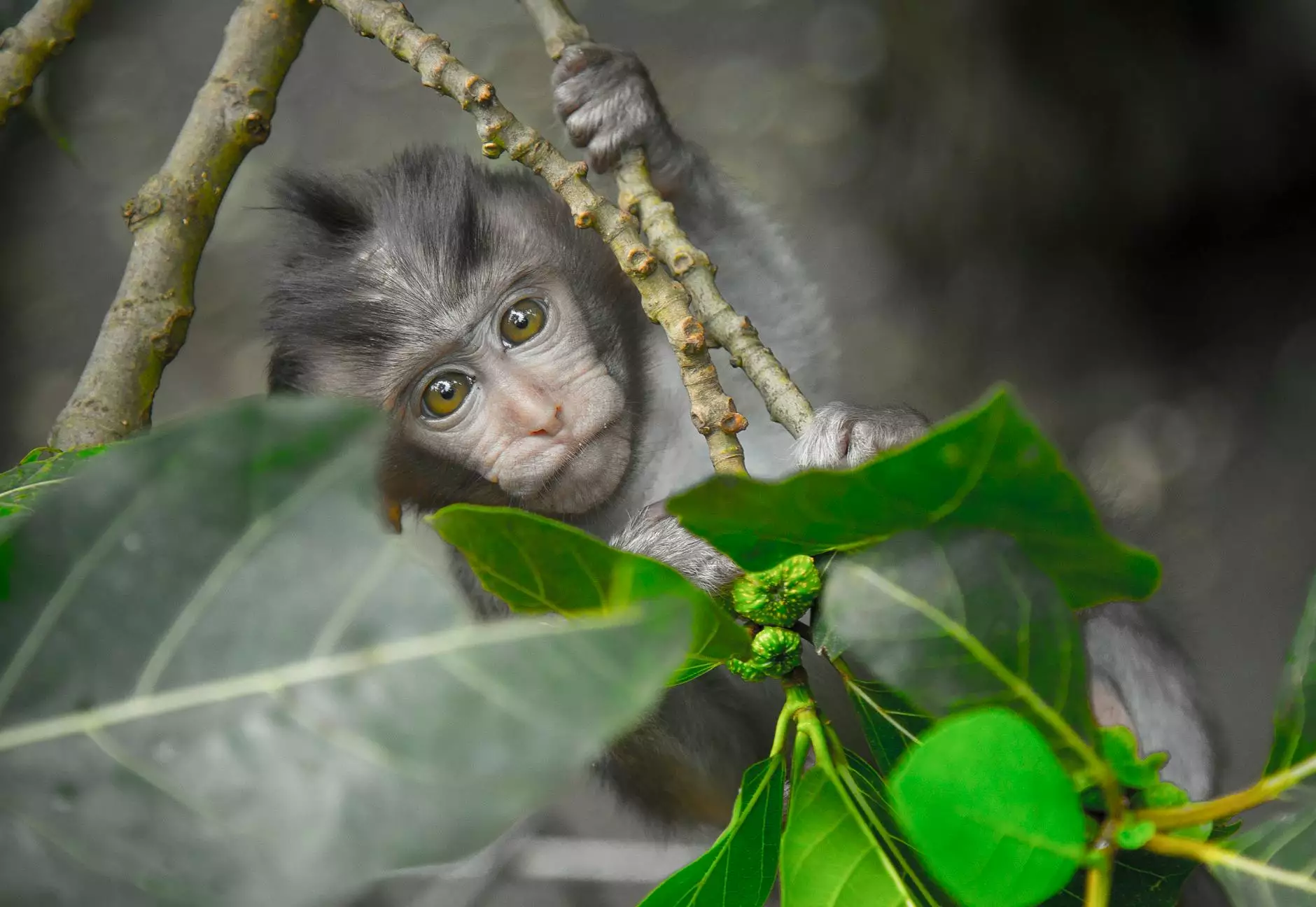
Introduction
Welcome to Aventuras Naturales' Wild Florida Blog where we delve deep into the various aspects of Florida's natural wonders. In this article, we will discuss an alarming issue that has been affecting the Everglades ecosystem - Laurel Wilt Disease. This devastating plant disease has had significant repercussions on the local flora, fauna, and even the tourism industry. Join us as we explore the impact, causes, and potential solutions related to this concerning development.
The Everglades and its Unique Biodiversity
The Everglades, spanning over 1.5 million acres of wetlands in southern Florida, is recognized as one of the most diverse ecosystems in North America. Its rich biodiversity supports a variety of plant and animal species, including the iconic cypress trees that play a vital role in the region's ecological balance.
Understanding Laurel Wilt Disease
Laurel Wilt Disease, caused by a fungus known as Raffaelea lauricola, primarily affects the avocado family, including the famous swamp bay trees in the Everglades. This fungus is transmitted by the invasive redbay ambrosia beetle (Xyleborus glabratus), which burrows into the trees, introducing the deadly pathogen. Once infected, the trees experience a rapid decline, ultimately leading to their death within a short span of time.
The Impact on the Local Ecosystem
The spread of Laurel Wilt Disease has had severe consequences on the delicate balance of the Everglades ecosystem. The loss of swamp bay trees has disrupted the natural habitat of many plant and animal species that rely on them for food, shelter, and breeding grounds. The decline in these trees also affects water quality and increases the risk of soil erosion. Additionally, the loss of these iconic trees has a direct impact on the scenic beauty of the Everglades, a major draw for both tourists and nature enthusiasts.
Recognizing the Signs and Symptoms
It is crucial to be able to identify the signs and symptoms of Laurel Wilt Disease in order to effectively mitigate its spread. Infected trees often display wilted leaves, dead branches, and dark discoloration in their vascular tissues. Characteristic beetle galleries on the bark might also be visible. If you encounter any trees displaying these symptoms while exploring the Everglades, it is important to report them to the appropriate authorities.
Collaborative Efforts to Address the Issue
Aventuras Naturales, along with various organizations and experts, is actively involved in research and conservation efforts to combat the spread of Laurel Wilt Disease. Through partnerships with botanists, entomologists, and environmental agencies, we are working towards developing strategies to detect, prevent, and manage the disease effectively. This collaborative approach aims to safeguard the Everglades and its unique biodiversity for future generations to enjoy.
Effects on Tourism and Local Economy
Considering the Everglades' popularity as a tourist destination, the impact of Laurel Wilt Disease extends beyond ecological concerns. The disease has led to a decline in visitor experiences, as the loss of swamp bay trees alters the natural landscape and diminishes the habitat for wildlife viewing. Eco-tourism, a significant contributor to the local economy, has been negatively affected, with visitors expressing their concerns about the visible changes in the Everglades' ecosystem.
Conclusion
Laurel Wilt Disease poses a significant threat to the Everglades ecosystem, jeopardizing its biodiversity, water quality, and the tourism industry. By raising awareness, supporting research, and encouraging responsible tourism practices, we can contribute to the conservation and restoration of this unique natural wonder. Join Aventuras Naturales in our mission to preserve the Everglades and combat the spread of Laurel Wilt Disease, ensuring a sustainable future for generations to come.

